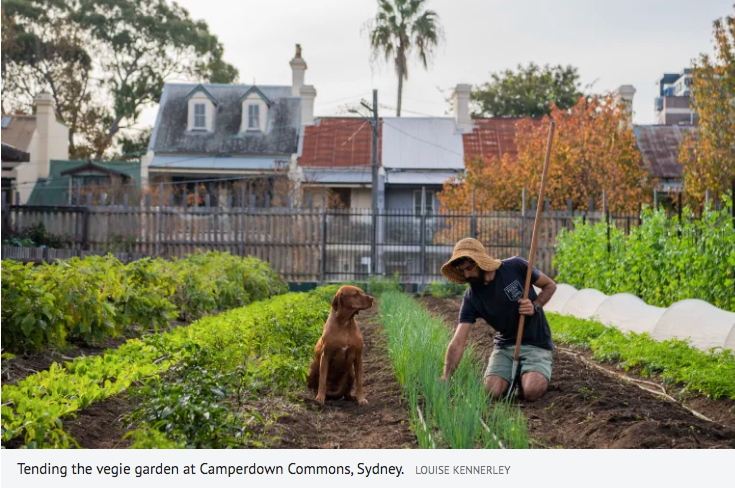Farming the Suburbs …….. Transition Streets 3.21
There are plenty of examples of households making their garden productive and plentiful ……
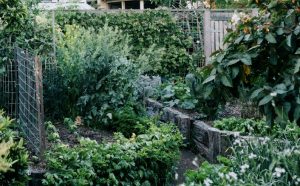
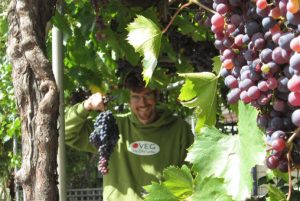
but not everyone has the space or ability to grow their own food. Joining a Community Garden is one option, but another is to be part of an Urban Farm
————————————————————————————————-
URBAN FARMING IS GROWING OR PRODUCING FOOD IN A CITY OR HEAVILY POPULATED TOWN OR MUNICIPALITY.
Urban Framing can be confused with community gardening, homesteading or subsistence farming, but they are different. Urban Farming assumes a level of commerce, the growing of product to be sold, or transacted, as opposed to being grown for personal consumption or sharing.
An individual, a couple of friends, a nonprofit entity, or neighbourhood group can start and run an urban farm. There is no one correct sales outlet for an urban farm. Food can be the sold to restaurants or at a farmers market, given to a local soup kitchen or church, but the food is raised primarily to be moved (through some form of commerce) from the grower to the user.
The Aims – to have more input into how food is grown, how it is treated after being harvested, how it moves from source to consumer, and what terms are in the transaction stage.
Urban Farming has become a means to increase access to locally grown food and a way of reintroducing the public to the many aspects of food that we have lost as a culture – how it grows, what grows regionally and seasonally.
Urban can mean inner city, or the suburbs, or even the fringes of rural townships. There is no fixed definition in size or location – rooftops, on landfills, edges of parks, areas where housing or industry has been demolished.
Local Government zoning can dictate what kind of growing may be allowed, whether animals, retail sales, or education can be part of the operation. Farming, big or small, is almost always a regulated activity. The production and selling of a food comes with safety and public liability issues, as well as commerce, zoning and cultural issues.
Some urban farms are built exclusively for education, training or re-entry programs. Many are built to improve food access in a specific community or to continue traditional culinary cultures. Some are built as for-profit concerns, recognising that the savings on food transportation can make urban farming financially viable as well as more environmentally responsible. For others food justice is the reason to develop urban farms in their communities, which means improving the access to fresh food for economically disadvantaged communities.
A couple of examples:
Bellarine Secondary School – Farm My School project, that both teaches agriculture and urban gardening, and sells produce to the local community and charities.
Darebin Urban Growers – an inner city group of volunteers turning patches into productive farmlets (Alphington Food Hub, Newton St Garden, Oakhill Food Justice Farm, and High St, Preston ) with the produce going to their Emergency Relief service.
CERES Community Garden – but more specifically the spectacular Joe’s Market Garden & Honey Lane Market Garden – both in inner north Melbourne.
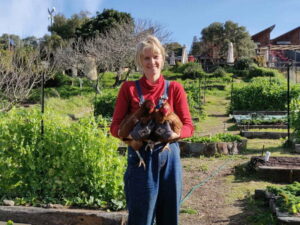
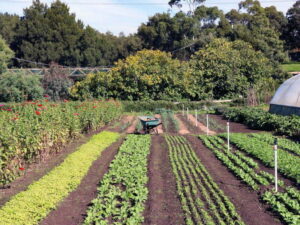
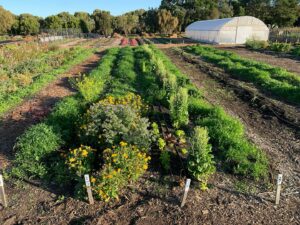
Tom Danby, Moonee Valley Sustainability, 2024

